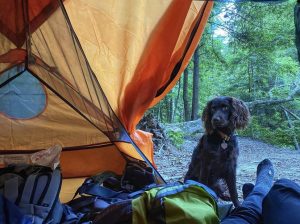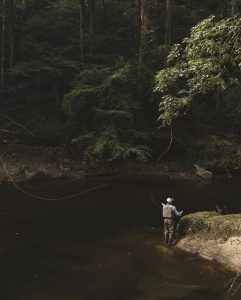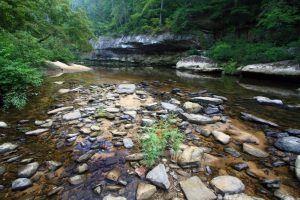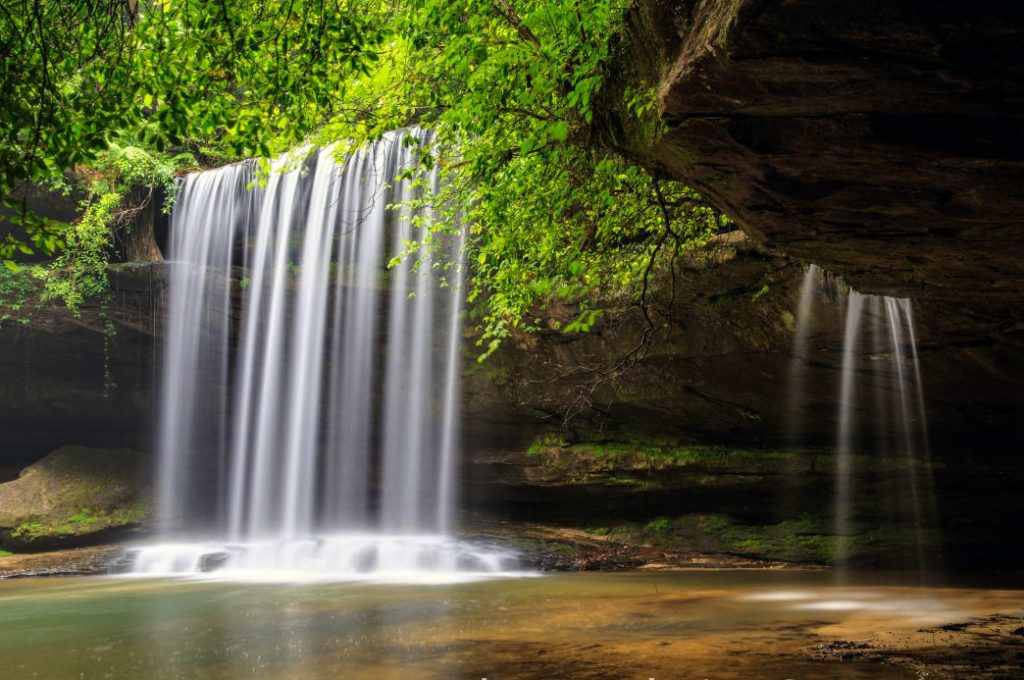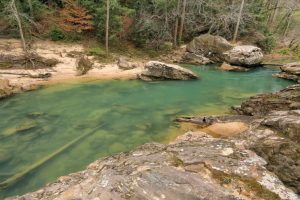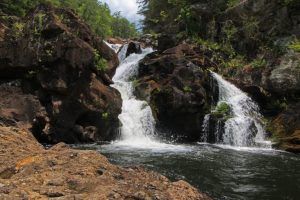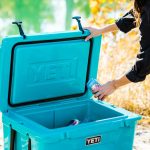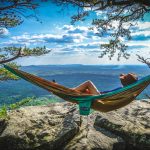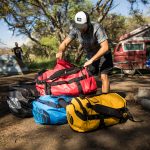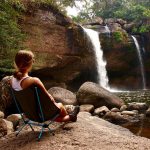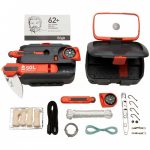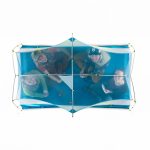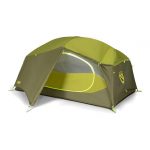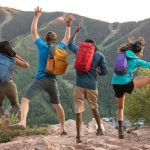Father’s Day getaway: Go Explore Bankhead National Forest and the Sipsey Wilderness
We know what you’re thinking- the weather has warmed up and it’s time to get outside, until you do and you are immediately reminded of the humidity and Alabama summer climate. Most can’t imagine going camping as temps and humidity rise but if you do, the Sipsey Wilderness and William B. Bankhead National Forest is a great place as most adventures will include water as the destination.
Known as the ‘Land of 1,000 waterfalls’ the Sipsey Wilderness will make you feel like you stepped out of Alabama and into the tropics with only an hour and a half drive from Birmingham.
Even if the Dad in your life has been to the Sipsey Wilderness, chances are he hasn’t hit all of the spots. With over 25,000 acres of National Forest and waterfalls, there is plenty to explore. So grab Dad and let’s go!
Find your plot of land & put a stake in it
Since the Sipsey is a Wilderness area, wilderness camping is permitted and offers primitive and established campsites for many experience levels. Even though some campsites you come across on the trails may have water and firewood accessible, you will not find fully developed campsites as you would when you go car camping at a recreation center or State Park.
When staying in and exploring the Sipsey Wilderness just make sure to follow all Leave No Trace principles. So while you hike around, find a cozy spot where you can set up your campsite for the weekend or even just the night and explore somewhere new the next night!
If this level of primitive or backcountry camping is not quite your speed, there are multiple developed camping areas within Bankhead National Forest that are great for families or if you love camping while having a few accommodations like a shower, water pump, and maybe even electricity hookups. A few nearby options are:
- Clear Creek Campground One of the most popular recreation areas and located on Lewis Smith Lake giving you access to swimming and boating.
- Brushy Lake Campground First some, first serve with 13 campsites makes this one a serene getaway and less crowds.
- Corinth Campground Individual + group sites located on the shores of Lewis Smith Lake.
What to cook
Night one it is best to be prepared with an easy meal. If you decide to rough it in the wilderness, freeze dried meals are a no-fuss, no-mess solution and it fits right in with your outdoor adventure. If you were able to bring a cooler or are car camping and are looking to show off your Gordon Ramsey skills, here are some easy and delicious meals you can make. Just remember if you are backpacking, it is best to keep it light and always wherever you go- pack it out.
We recommend the JetBoil Zip Stove for primitive and car campers alike as it is compact and boils water in just over two minutes. Make sure to get fuel, and any accessories you need like cooking pots, a coffee press, and utensils. Read on for another fresh meal idea as you take on the weekend on the Sipsey Fork.
Hiking
This is possibly a given if you are planning an outdoor adventure, but hiking is a great activity for Father’s Day and the whole family! With 25,000 acres and 45 miles of trails in the Sipsey Wilderness, there is a trail for any level of hiker! Hiking is even better in the Sipsey Wilderness as there is so much to explore. From waterfalls, caves, and breathtaking views, you will not get bored.
One spot we love to explore and is a must-add to your itinerary is “Big Tree” which is the largest tree in Alabama reaching 150’ in the sky. The hike is an 8.5 mile out and back trail; however, we suggest starting at the Thompson Trailhead even though it is a little longer, the terrain is easier and prettier!
Fishing in the Sipsey
If the Dad in your life likes to fish, he will truly enjoy you taking him out on the Sipsey Fork. The Sipsey Fork is the fly fishing destination for Alabamians looking to cast out their line and reel in some trout. As the Sipsey is stocked with trout several times a year, it is a put-and-take location which means you can take your catch back to your campsite for dinner.
So head out on some trails for a nice day hike and look for a good spot to throw your line in. Make sure to bring a good cooler with ice to store your fish so it stays fresh for your dinner. Just remember to keep in mind how far you are hiking and how heavy your cooler can get with extra contents.
Before your weekend adventure or on your way to the river, make a stop at the Riverside Fly Shop in Bremen, AL to chat with the guides and buy flys. They are so helpful and will be able to tell you what flys to get, their go-to spots, and you can even sign up for a guided trip.
Click here for more information on Trout fishing on the Sipsey Fork. This includes important information about the Smith Dam and the generation levels as water levels can rise 10-15 ft in minutes. So be prepared and have fun on the river!
Chasing waterfalls + swimming holes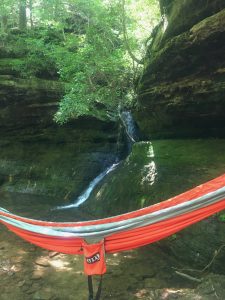
Waterfall and swimming hole hikes aren’t just for the Moms or kids, they are for everyone exploring Alabama in the summer heat and need a cool dip in the water. Plus, who doesn’t love a good waterfall? As we mentioned before, the Sipsey Wilderness is called the “Land of 1,000 Waterfalls” so you better be adding a couple of these to your weekend plans. If you don’t make it a destination, chances are you will still come across a few along the way.
One of our favorite spots is Kinlock Falls as it is a short hike that leads you to a beautiful cascading waterfall and an even better swimming hole. Kinlock Falls is also considered Alabama’s Natural Waterslide. A lot of visitors bring tubes and slide down the falls as it is not very steep and the top is accessible from the side. Slide at your own risk or just bring a tube to float in the swimming hole and catch some rays.
Other top waterfalls in the Sipsey and Bankhead National Forest to check out are Sougahoagdee Falls, Parker Falls, Mize Mills Falls, and Caney Creek Falls.
Ready to be outdoors this Summer? We have the Summer outdoor gear you need to get you back on the trails! We want everyone to enjoy the outdoors, and we work to build loyalty one connection at a time. Visit one of our stores or take advantage of our shipping or curbside pickup! #BeOutdoors
